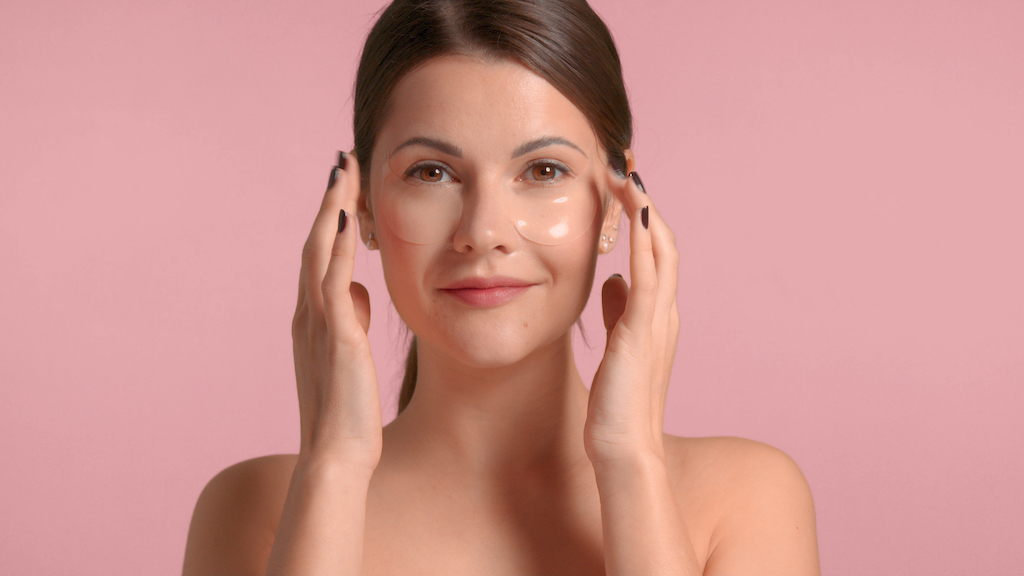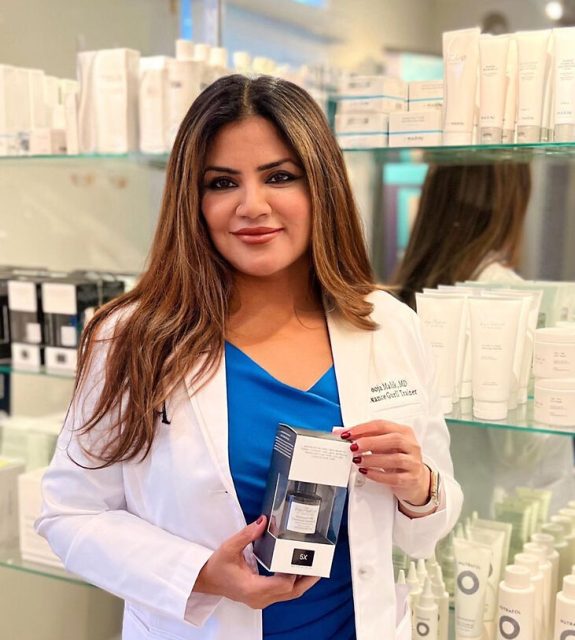Dr. Gary Linkov is a dual Ivy League-educated facial plastic surgeon. Dr. Linkov is a prolific clinical researcher with over two dozen publications that have had a significant impact on the fields of Tissue Engineering, Head and Neck Cancer, and Facial Plastic Surgery. During medical school, Dr. Linkov received funding to conduct advanced head and neck cancer research at the world-renowned Memorial Sloan Kettering Cancer Center, which has been ranked as the best hospital for cancer care for the past 25 years by U.S. News & World Report. He also volunteered as an art therapist for Wilma’s Studio and ran his school’s Smile Train chapter, to help children with cleft lips and palates. Before, during, and after his undergraduate years, Dr. Linkov pursued advanced art training in painting, sketching, and sculpture, including a six-week scholarship program in Florence, Italy at the Lorenzo de’ Medici Italian International Institute.
Haute Beauty sits down with Dr. Gary Linkov to learn more about the different types of laser resurfacing to address facial wrinkles.
 Photo Credit: Shutterstock
Photo Credit: Shutterstock
HB: What minimally invasive options do you offer to address wrinkles in the face?
The skin goes through many changes due to external factors, such as sun exposure, and many internal medical conditions that manifest on the skin. Routine skin care regimens are essential for proper upkeep, but once the skin has already gone through a transformation of color, texture, or elasticity, it often requires additional modalities beyond skin creams to obtain the desired appearance. Introduced in the 1990s, laser skin resurfacing has since advanced to offer patients efficacious treatment with quicker healing time and minimal risk. Unlike devices that rely on a broad spectrum of light, such as IPL, lasers are emitted as a single wavelength. A particular laser wavelength is selected to be absorbed sufficiently by a specific tissue component (chromophore).
HB: What is the difference between the treatments?
Lasers are classified as ablative, non-ablative, and fractional. The amount of energy that a laser delivers to the tissue and the time over which it is delivered determines the amount of tissue vaporized.
Ablative laser skin resurfacing
Light energy from the laser is absorbed by intracellular and extracellular water, resulting in skin vaporization. As the epidermis is ablated and temperatures rise, collagen denaturation occurs. This is followed by neocollagenesis and skin re-epithelialization and skin tightening.
Advantages: Dramatic results
Disadvantages: Higher risks of side effects, prolonged recovery
Examples: CO2, Er: YAG
Non-ablative laser skin resurfacing
Designed to create selective thermal injury to the underlying dermis and deeper tissues while minimizing the effect on the epidermis (outer skin layer).
Advantages: Minimal downtime
Disadvantages: Numerous treatments required
Examples: 532 nm laser, the 585 nm pulsed dye laser, 1,064 nm Q-switched Nd:YAG laser, Fraxel
Fractional laser skin resurfacing
Fractional lasers create non-contiguous spaced columns of thermal injury. These columns are separated by non-lasered tissues.
Advantages: Improved side effect profile, quicker recovery
Example: There are fractional versions of ablative and non-ablative laser skin resurfacing, such as the Cool laser skin resurfacing.
HB: Who is the best candidate for each?
- Lighter skin complexion (complications increase with darker skin types)
- Pigmentation changes
- Rhytids (wrinkles) on the forehead, around the eyes or mouth
- Scars (superficial)
- Acne scars
- Dilated pores
HB: Do you have a preferred method?
I prefer the fractional ablative CO2 laser by Lumenis called the Acupulse, as it can be modulated for low intensity to high-intensity treatments.
 Photo Credit: Shutterstock
Photo Credit: Shutterstock
HB: What is the cost for each?
Laser skin resurfacing cost ranges between $1000-$5000 per treatment. Packages may be offered for non-ablative lasers as numerous treatments are often recommended. The cost of the procedure depends on the experience of the provider, size of the treatment area, the type of laser, and location of services.























